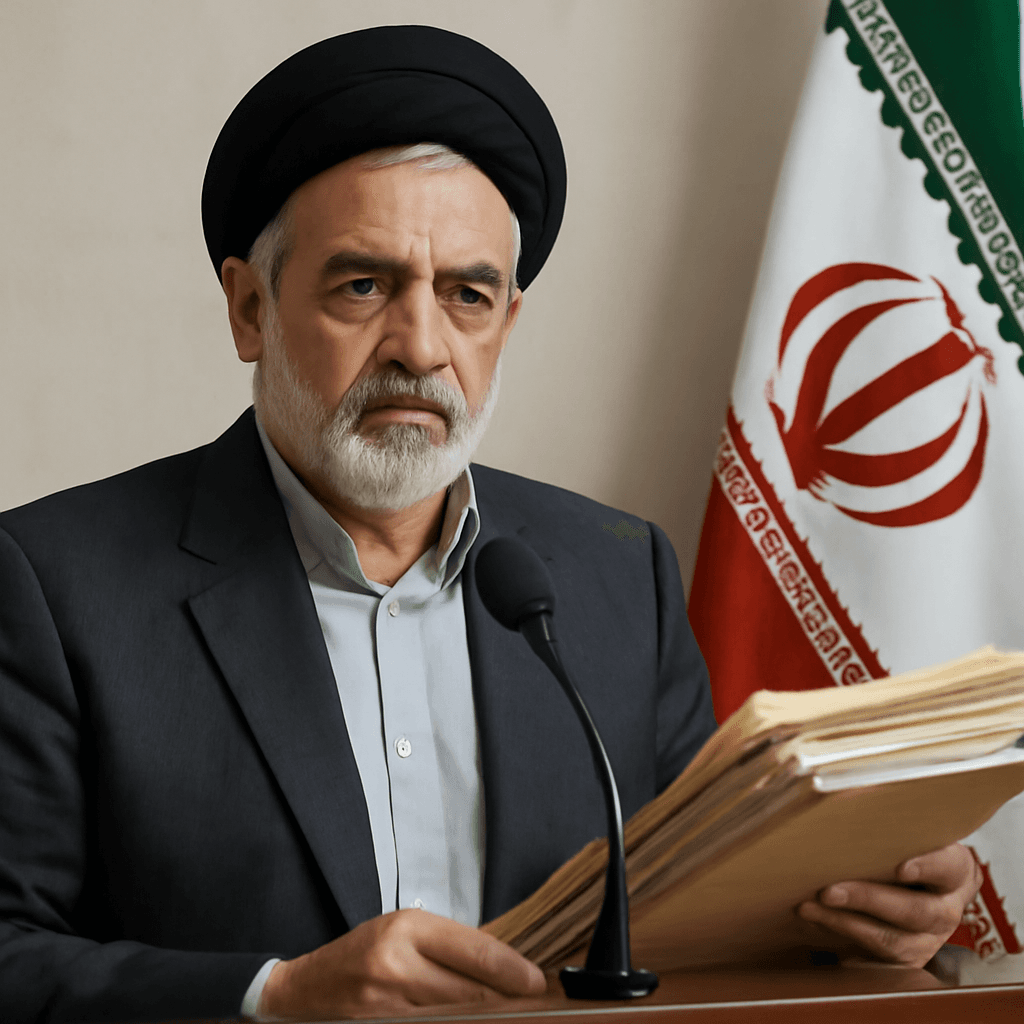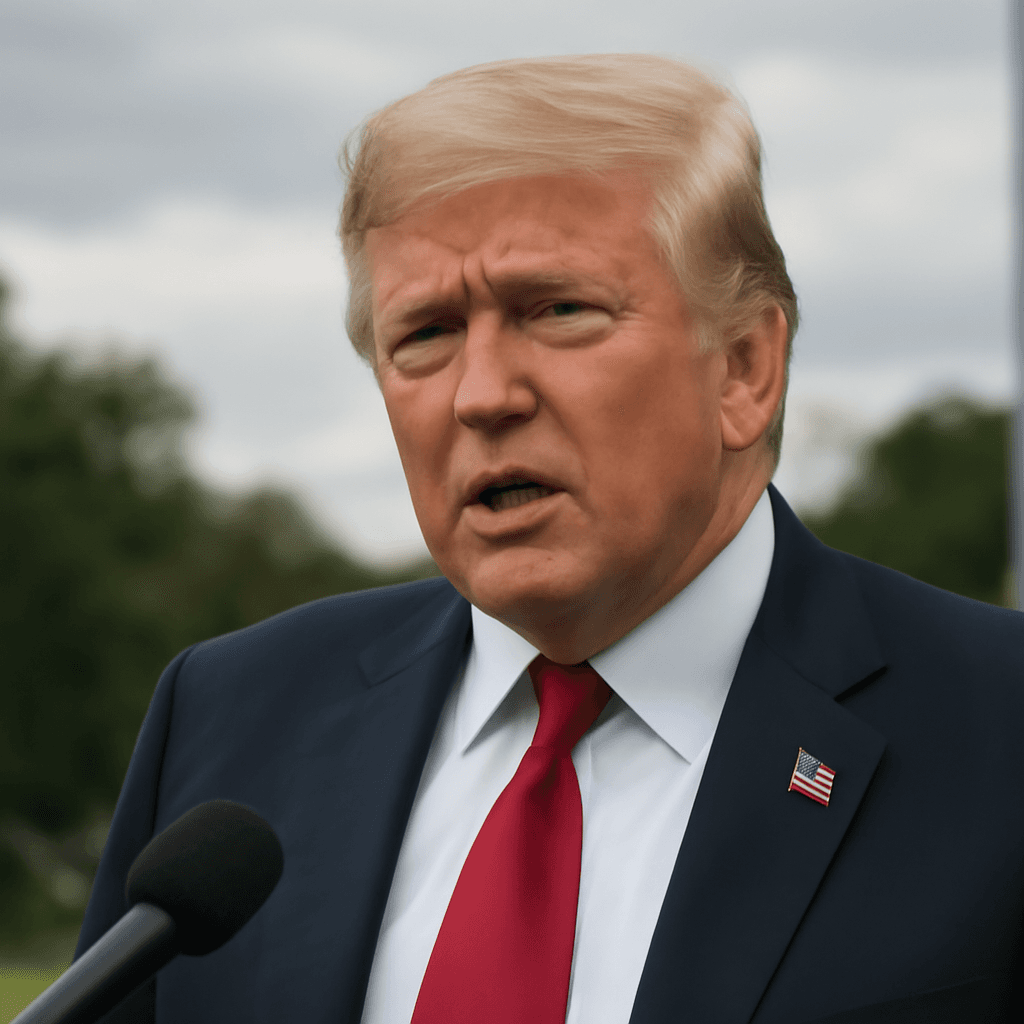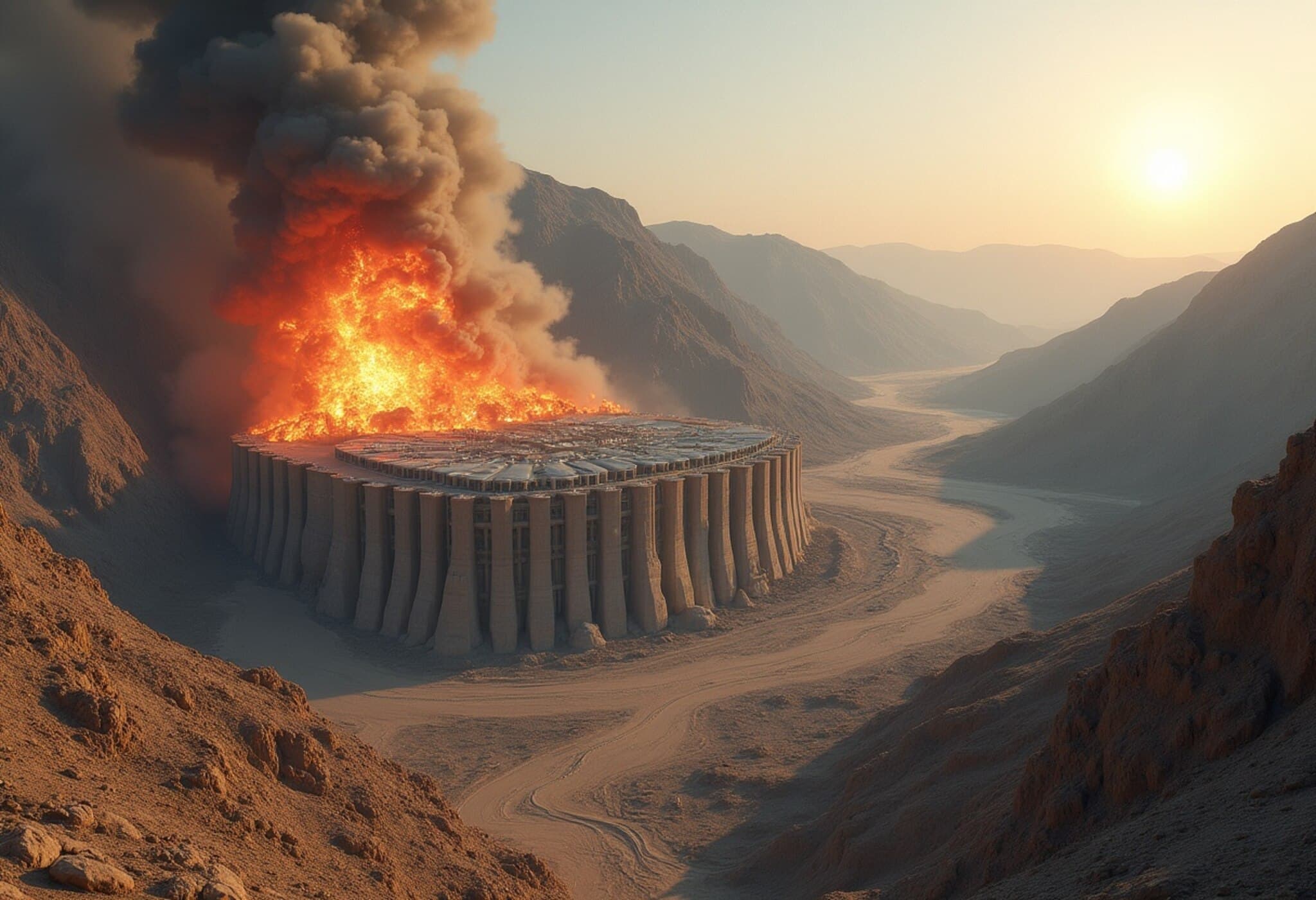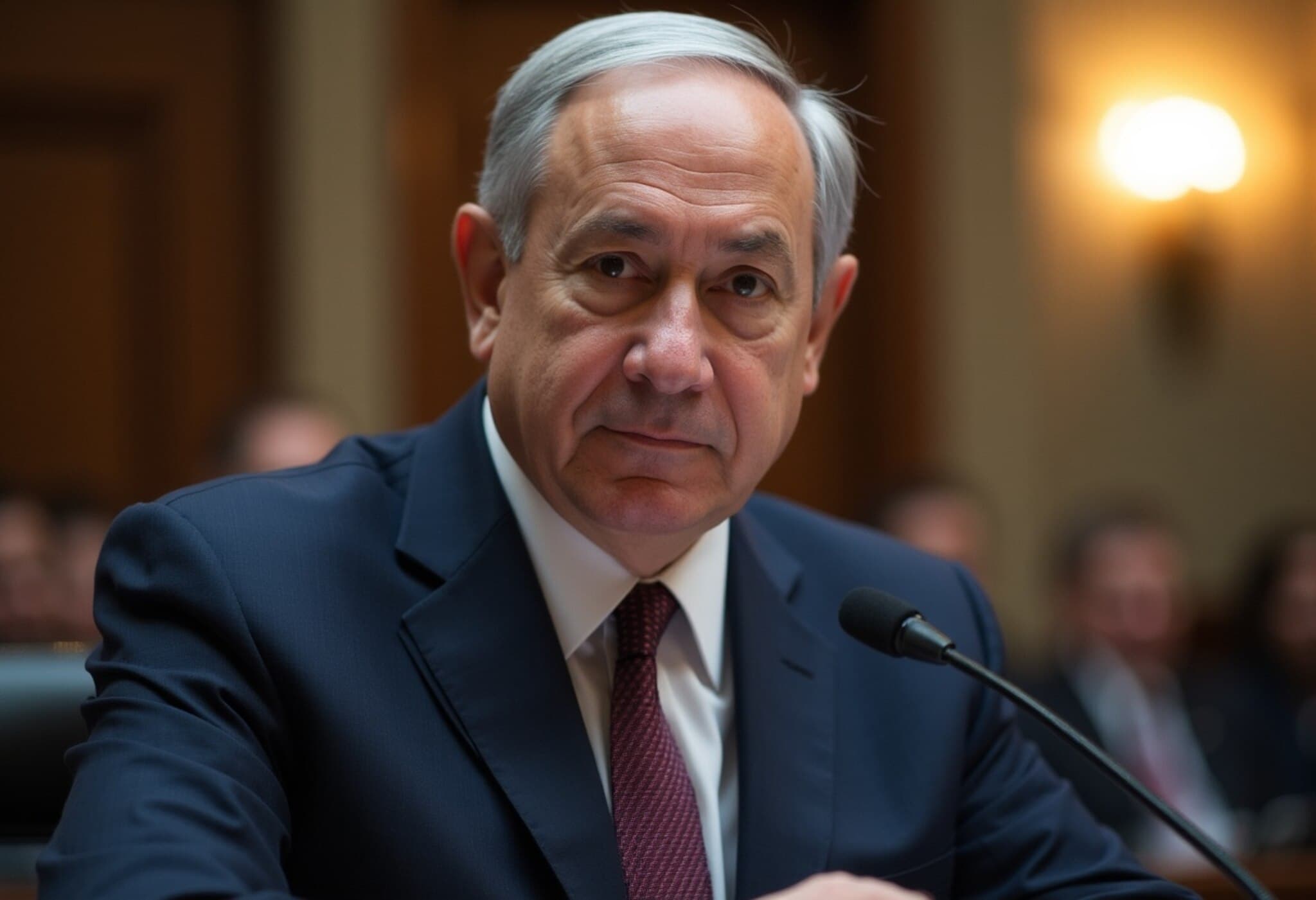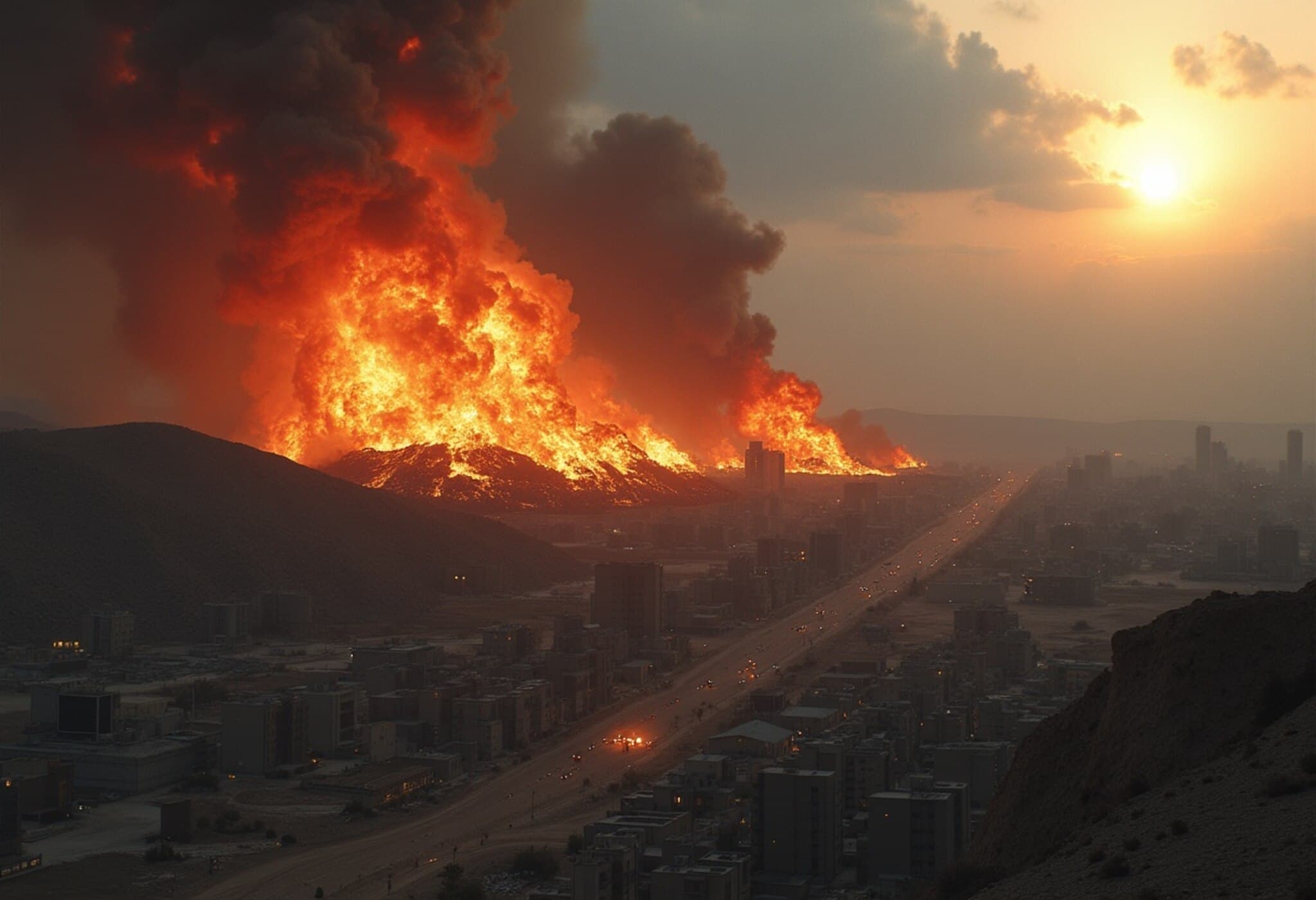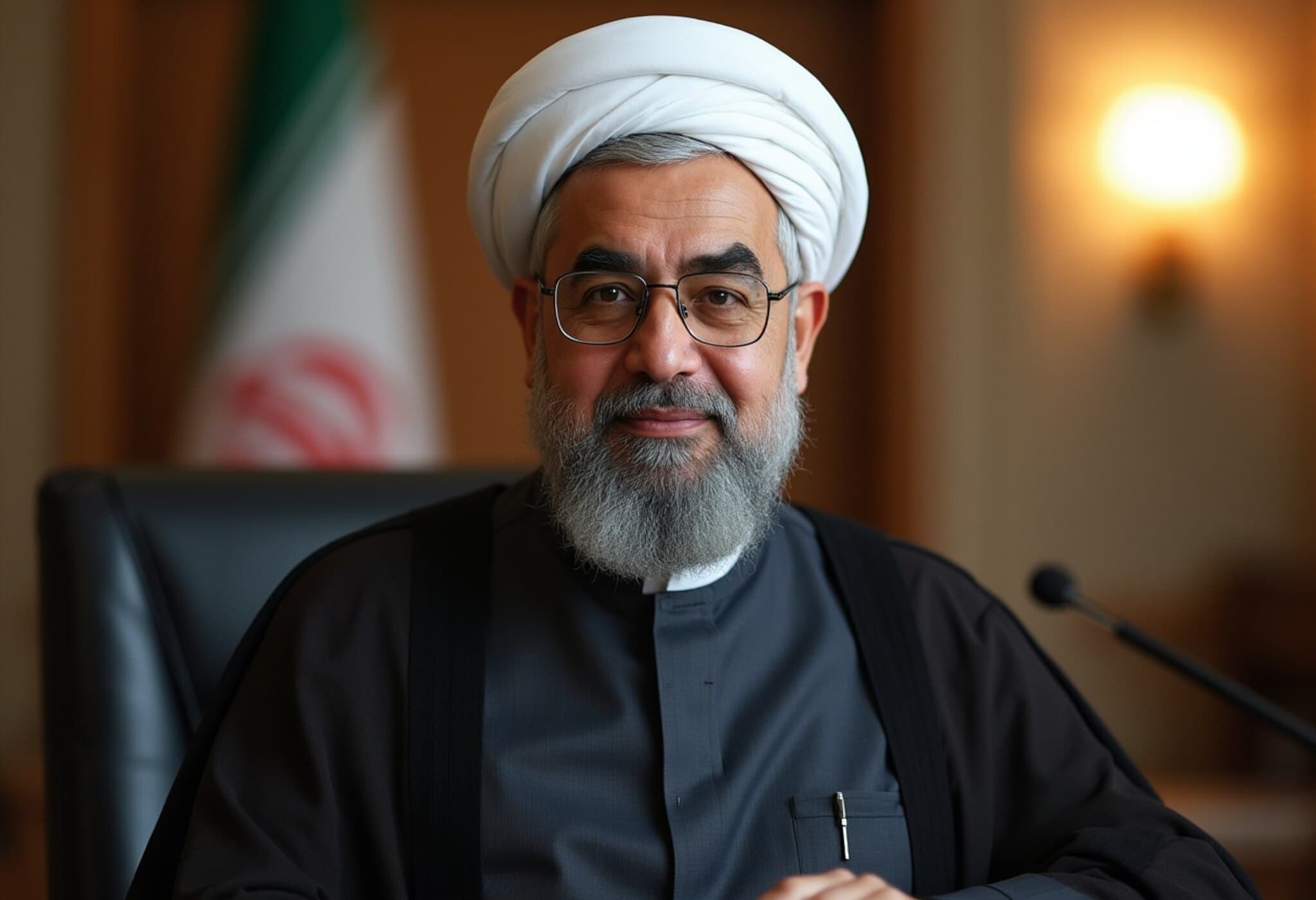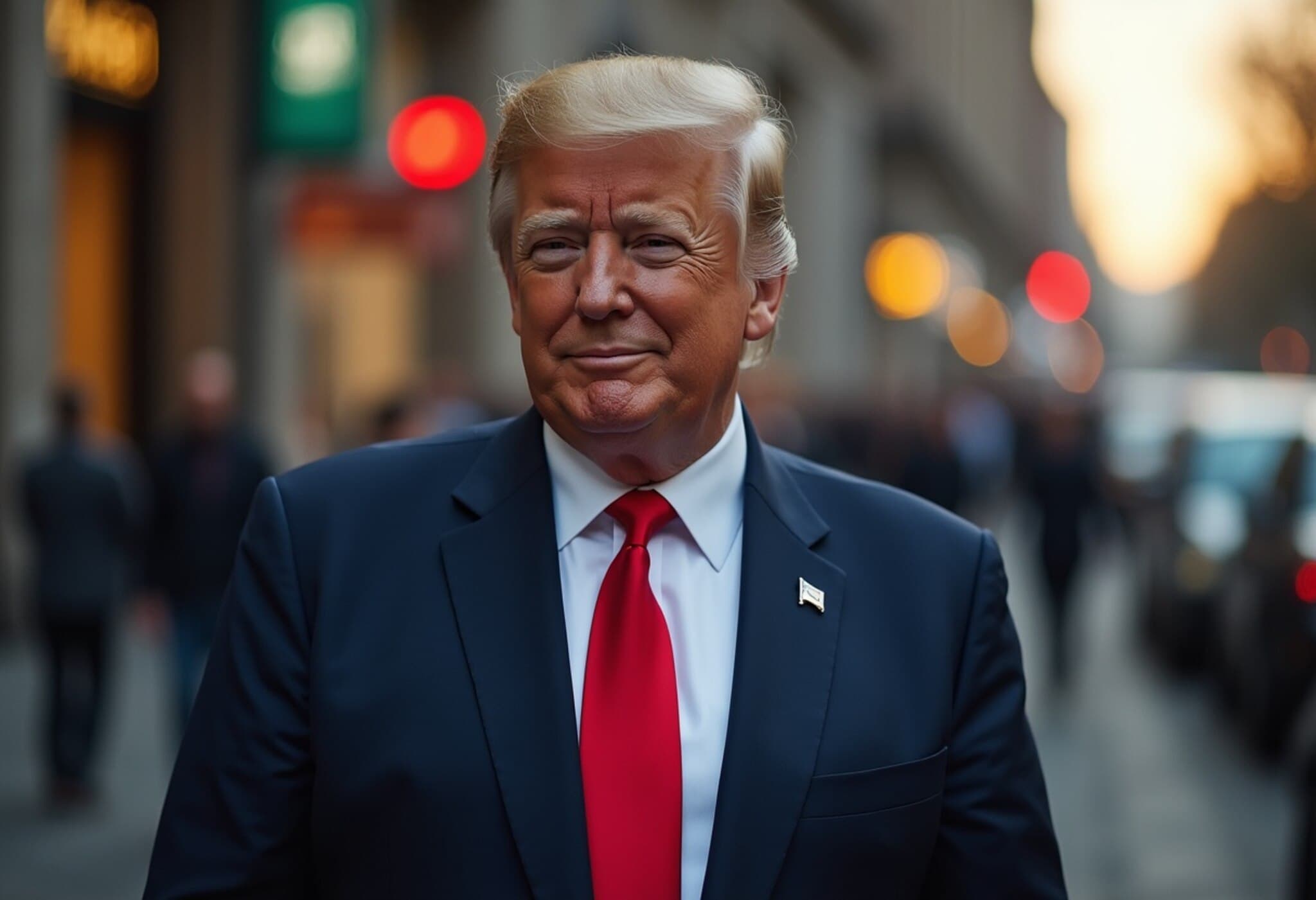Overview: Resilience of Iran’s Nuclear Stockpile Despite Strikes
In the wake of recent coordinated Israeli and American military attacks targeting Iran's nuclear infrastructure, a senior Israeli official has revealed that a portion of Iran's stockpile of near-bomb-grade enriched uranium has survived the assault. This revelation casts new light on the ongoing and complex struggle to prevent Tehran from advancing its nuclear weapons capability.
Intelligence Insights and Military Moves
The Israeli official, speaking anonymously due to the sensitivity of the information, explained that while significant damage was inflicted on Iran’s underground enrichment sites, specifically at Isfahan, some enriched uranium stored deep within fortifications remained intact. This uranium could still be accessible to Iranian nuclear engineers—a factor that complicates Israel's and the United States’ strategic calculus in the region.
Israel’s decision to ramp up military preparations emerged late last year, fueled by intelligence intercepts pointing toward a secret and accelerated Iranian program aimed at developing a nuclear bomb. Strikingly, this momentum coincided with the assassination of Hezbollah leader Hassan Nasrallah, a known Iranian ally, underscoring Iran’s increasing regional assertiveness.
The Scope and Impact of the Strikes
In mid-June, a combined US-Israeli offensive utilized massive bunker-busting munitions and submarine-launched Tomahawk missiles to strike critical enrichment hubs in Iran. These attacks targeted not only the centrifuges—machinery that spins at supersonic speeds to enrich uranium—but also laboratories where enriched uranium could be converted into weapons-grade material.
Despite devastating damage, intelligence indicates approximately some 60% enriched uranium survived, largely buried beneath rubble and deep storage facilities. Experts say any Iranian attempt to salvage these materials would be swiftly detected, offering an opportunity for rapid follow-up strikes.
Contrasting Assessments: US vs. Israeli Intelligence
US intelligence officials have maintained a more cautious interpretation, suggesting no definitive signs Iran had immediately weaponized the enriched uranium prior to the strikes. Notably, International Atomic Energy Agency (IAEA) head Rafael Grossi believes much of Iran’s stockpile was moved away before the attacks, a claim Israeli officials dispute, asserting the stockpile was too deeply entrenched to be relocated.
Following the strikes, Iran expelled IAEA inspectors and disabled numerous surveillance measures, effectively plunging the agency—and the international community—into a surveillance blackout. This reduction in transparency fuels concerns that Tehran intends to mask any attempts to rebuild or hide its nuclear program.
The Strategic Aftermath and the New Nuclear Landscape
Experts like Ray Takeyh of the Council on Foreign Relations warn that Iran’s nuclear activities are entering a new phase characterized by decentralization and dispersal. Rather than central, heavily fortified sites like Fordo or Natanz, Iran may transition to smaller-scale, dispersed workshops, making future detection and strikes significantly more challenging.
- Key vulnerability exposed: The strike’s success in penetrating ventilation shafts beneath fortified mountains demonstrated the limits of Iran’s engineering defenses.
- Long-term setbacks: The campaign has destroyed thousands of centrifuges and killed top nuclear scientists, slowing Iran’s program dramatically.
- Potential for protracted conflict: The ongoing cat-and-mouse game signals a drawn-out contest with Iran likely to explore more covert and resilient production methods.
Expert Commentary and Policy Implications
While President Trump and US officials emphasize the operation’s success in “obliterating” Iran’s nuclear potential, the evolving intelligence paints a more nuanced picture. It prompts urgent questions about whether military strikes alone can halt Iran’s nuclear ambitions, or if a broader strategy—including diplomacy, enhanced monitoring, and regional security efforts—is necessary.
From a US policy standpoint, this new reality underscores the challenge of balancing assertive military action with the risks of escalation in a volatile region. It also highlights the critical need for continuous intelligence sharing and adaptive tactics to keep pace with Iran’s shifting strategies.
Conclusion: A Complex Path Ahead
The revelation that enriched uranium survived intense attacks signals that Iran’s nuclear challenge is far from over. As Tehran recedes from international oversight and adapts its approach, Israel, the US, and their allies face a high-stakes contest that blends covert intelligence, military power, and diplomatic maneuvering.
This scenario serves as a vivid reminder that in the intricate chessboard of nuclear non-proliferation, victories are often partial and transient—and the stakes, existential.
“Even something buried inside a mountain can be bombed—but the next stage is dispersal, which makes the game more complex and prolonged,” said Ray Takeyh, Iran expert at the Council on Foreign Relations.
Editor’s Note
As this saga unfolds, key questions remain: How will Iran’s nuclear ambitions evolve without the watchful eyes of the IAEA? What diplomatic openings might still exist amid escalating military actions? And how can global powers craft a sustainable, balanced approach to ensure regional stability without provoking wider conflict?
Understanding these dynamics is vital. The story of Iran’s nuclear program is not just about technology and weapons; it is deeply intertwined with politics, trust, and the fragile architecture of international security.










